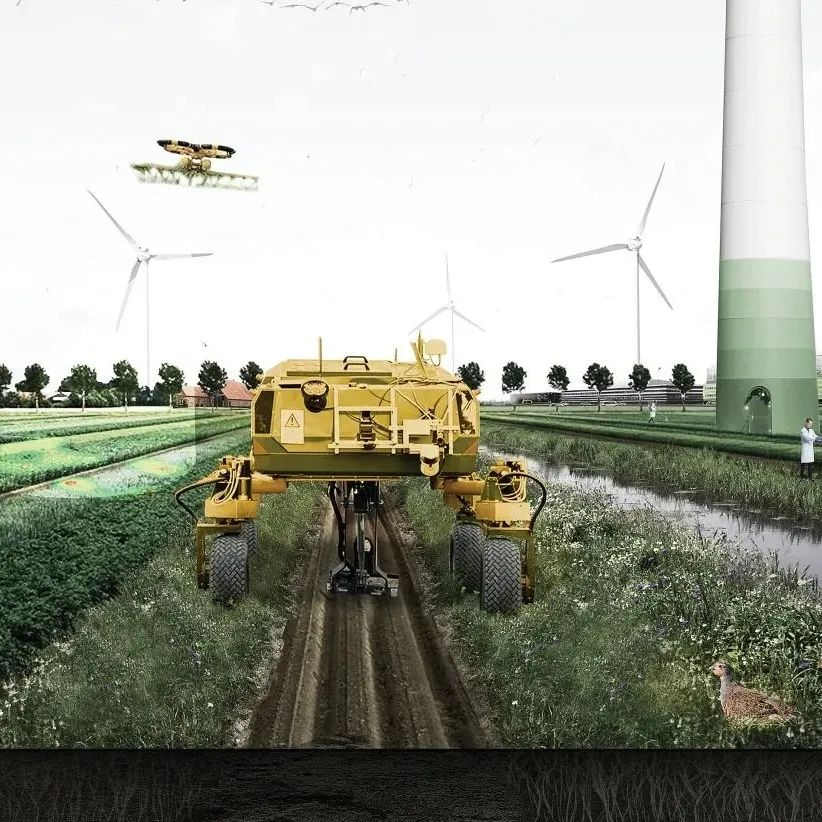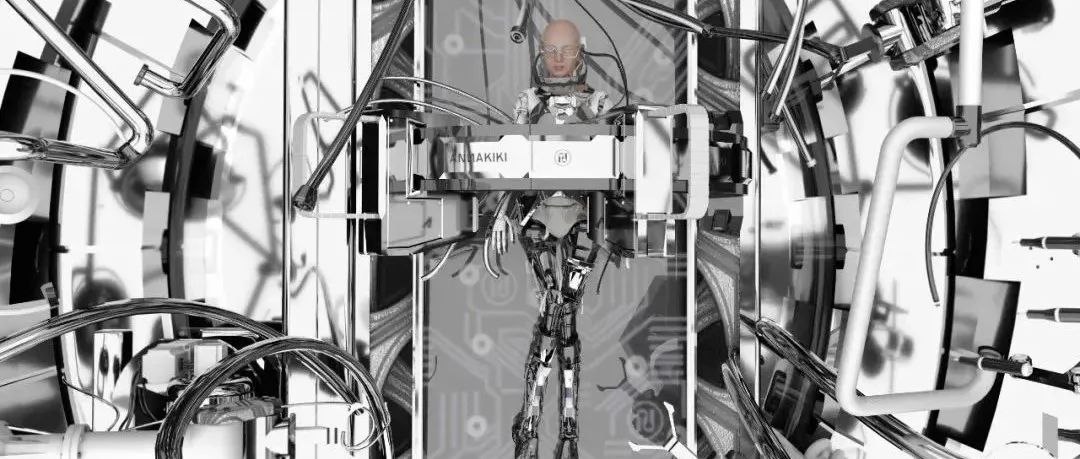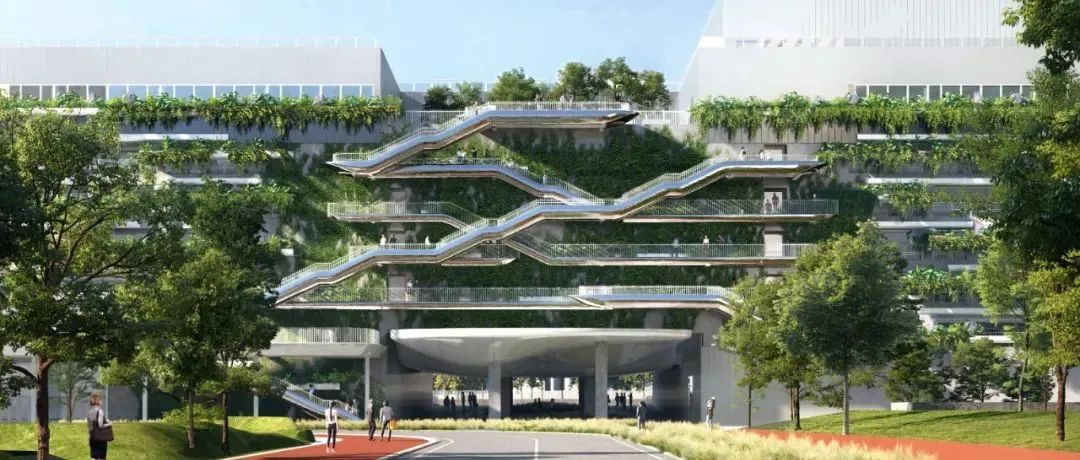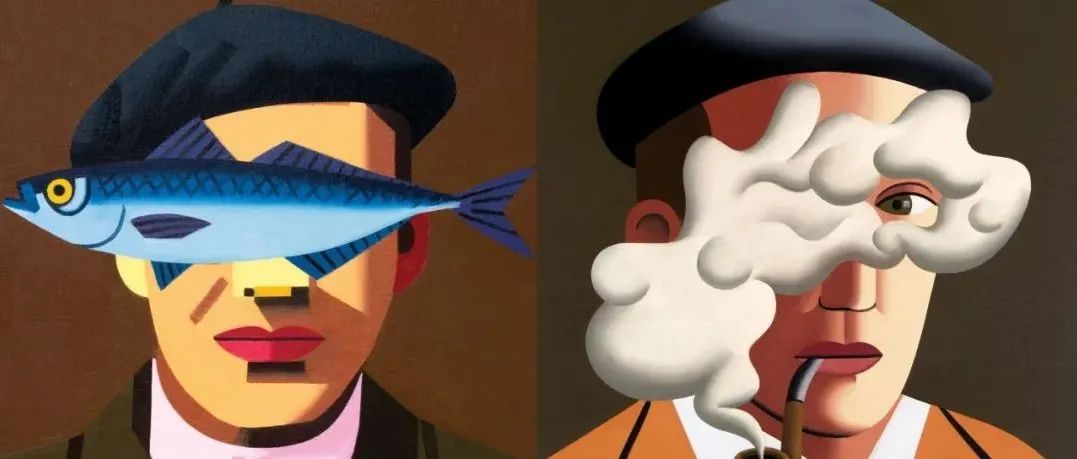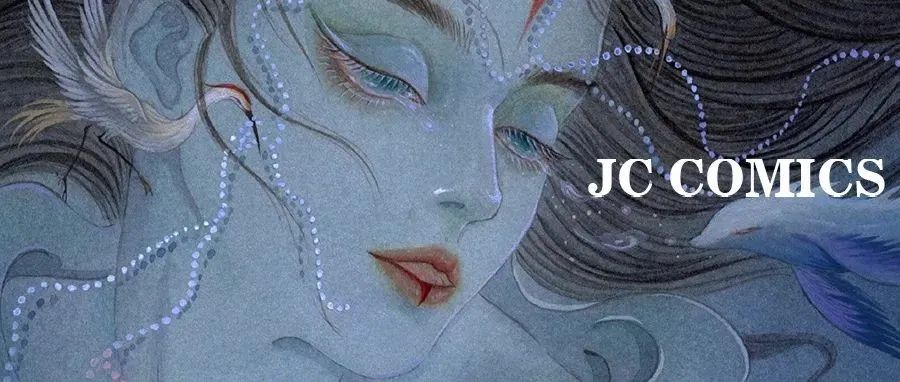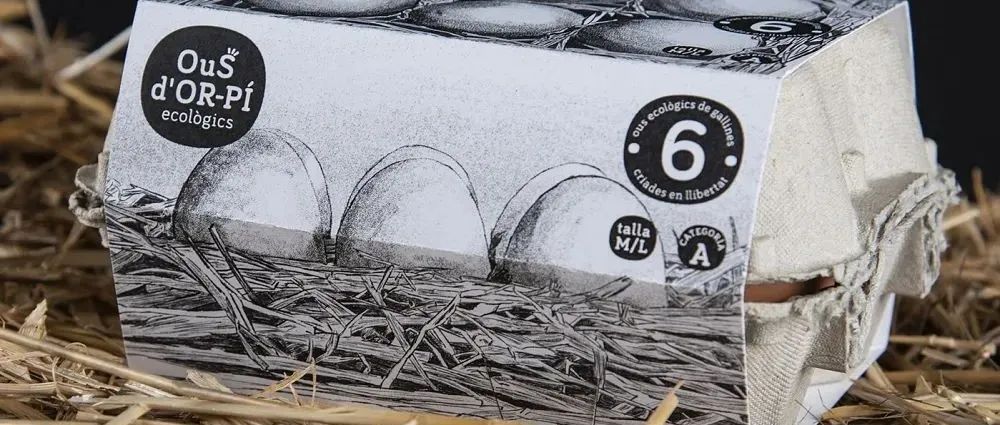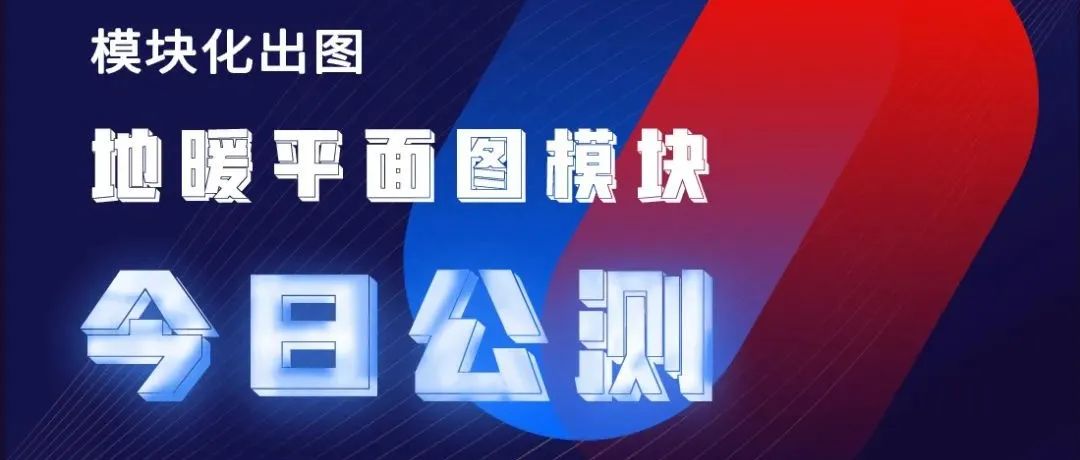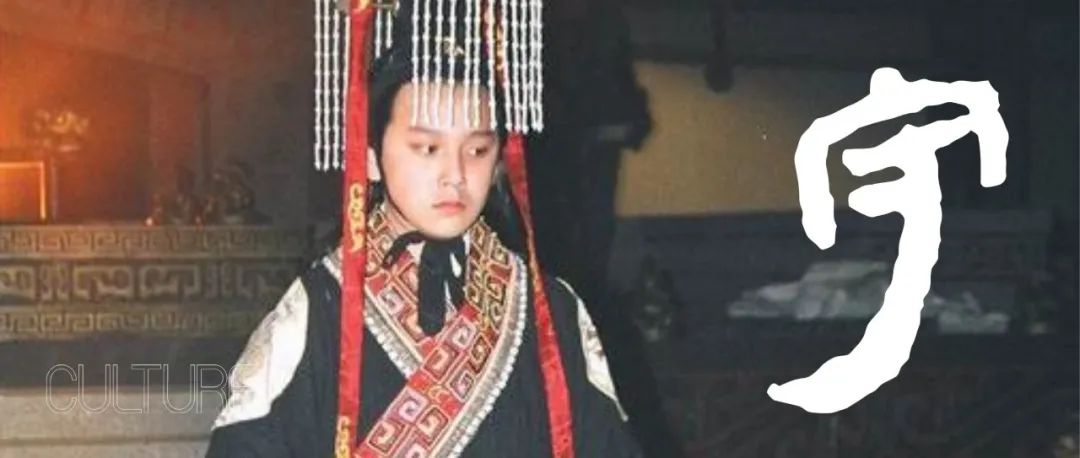完成循环?:北荷兰循环农业的可能性
PART1
背景介绍
Impression of a possible future of circular agriculture in the top op of North Holland.
The need to reorganize our food system is evident. In addition, circular agriculture is being put forward by more and more parties as a beckoning perspective. Circular agriculture produces as little waste as possible, the emission of harmful substances is as small as possible and raw materials and end products are used with as few losses as possible. Circular agriculture is also on the administrative and policy agenda in North Holland. That is why the Provincial Advisor Spatial Quality (PARK) has commissioned Studio Marco Vermeulen and Het PON & Telos to carry out a spatial exploration into the opportunities for circular agriculture in North Holland.
PART2
项目要点
“The latest forms of precision technology can link sustainable soil management and care for biodiversity with the pursuit of productivity and food quality.”
New revolution in agriculture
Technology plays an important role in the transition to circular agriculture. In itself, the use of automation and technology in agriculture is nothing new. What is new is the way the technology is being used to tackle problems related to food disease and unstable weather patterns. The focus is increasingly on achieving the desired yields in an environmentally friendly way, i.e. with a reduction in chemicals. Advanced technology makes it possible to link the challenge of sustainable soil management and care for biodiversity with the pursuit of productivity and food quality. The latest forms of precision technology and pixel farming can reconcile both challenges. By means of technology (robotics, drones) and data systems, it is also possible to realize scale reduction in a landscape sense within the current business conditions of scaling up and intensifying.
We can't go back to the past. But with the help of advanced technology, we can "forward to the past". Without detracting from the requirements of productivity and food quality, a richer landscape with better soil quality and more biodiversity can be created within the landscape framework of polders, reclaimed land and peat meadows.
Circular agriculture in practice
Eighteen different farming building blocks
十八种不同的农业组件
If we translate the (working) definition of circular agriculture into agricultural practice in Noord-Holland, the concrete principles are the following: ensuring a living soil, combating soil compaction, linking residual flows, the right place for the right crop, resilient crops and green-blue veining. For every form of agriculture (forestry, arable farming, livestock, greenhouse horticulture, etc.) these principles provide a range of possible forms of circular agriculture; 'agricultural tiles'. From a circular perspective, new forms of arable farming are discussed: broad crop rotation, pixel agriculture and strip cultivation.
The building blocks for circular agriculture can be linked to the diversity of soil types available in the province. The soil type largely determines what is possible in an agricultural and spatial sense and what is not. In the light of the transition to a circular economy and the challenges posed by the climate challenge, there is a growing demand for the soil and water system to be (again) leading in spatial planning instead of following (function follows bottom and level, and not the other way around).
Future strategy per area
Future strategy per area: Low lying part of the province
每个区域的未来战略:该省的低洼地区Laag-Holland
The building blocks for circular agriculture form the basis for a beckoning spatial perspective for the clay polders in the Kop van Noord-Holland and the peat meadows in Laag-Holland. These two areas each have their own agricultural signature and specific challenges in terms of soil vitality, circularity and climate adaptation.
Precision production polder as a future perspective
Wide wetlands as a future perspective
翻译:张喆茗
往期推荐:
作品解读丨新园公社——对青年居住模式的探索【昆明理工大学】第八届紫金奖建筑赛
作品解读丨微观分形——城中村居住新解【郑州大学】第八届紫金奖建筑赛
作品解读|Isomatic 异构体-充斥着色彩和虚构人物的混乱游乐场
作品解读|一个不完整的无边界地图集 An Incomplete Atlas of Non-borders
作品解读|“kikai Shien Robotto”生态和能源可再生主题公园
作品解读|Blind Park 盲人公园-把无法看见的变成可感知的
作品解读|City Nomads 城市游牧民族-新的变化,新的时代,新的居民
作品解读 | 为了农业土地更好的未来(构建农业景观与农业定居点)
作品解读|伊斯坦布尔防灾中心 Istanbul disaster prevention centre
作品解读 | 为马德里附近的 Tetuán 建立一个新的维修中心
作品解读|“kikai Shien Robotto”生态和能源可再生主题公园
作品解读丨第五届天华杯全国大学生建筑设计竞赛三等奖:流动制造
作品解读丨开封竞赛获奖作品赏析:清园春韵---“新宋潮“特色文旅体验中心设计
作品解读丨国际建筑设计竞赛获奖作品:福建土楼(南靖)保护与活化利用
作品解读丨开封竞赛获奖作品:开封时间 TIME ON/OFF
作品解读丨渭南竞赛获奖作品赏析:银色田茂 情动预愈--全龄友好的村落式银发小镇再塑
作品解读丨UIA-霍普杯 2020 国际大学生建筑设计竞赛二等奖深度解读——衍聚-倚巷折坊
作品解读丨UIA-霍普杯 2020 国际大学生建筑设计竞赛三等奖深度解读——迷宫城市
本文来自微信公众号“UniDesignLab”(ID:UniDesignLab)。大作社经授权转载,该文观点仅代表作者本人,大作社平台仅提供信息存储空间服务。


